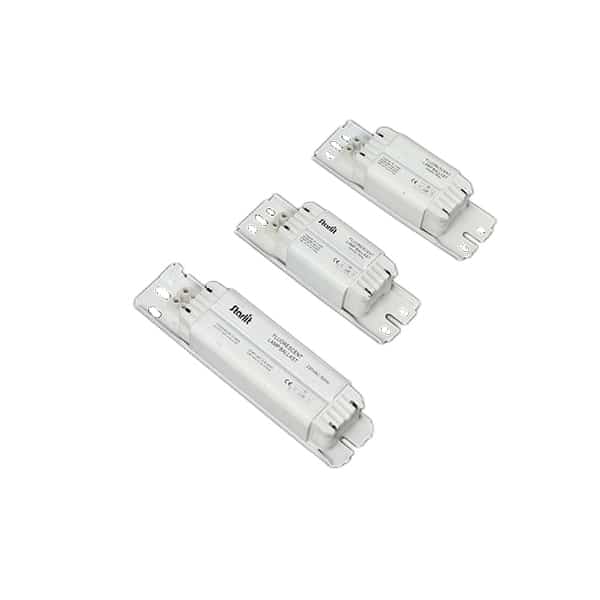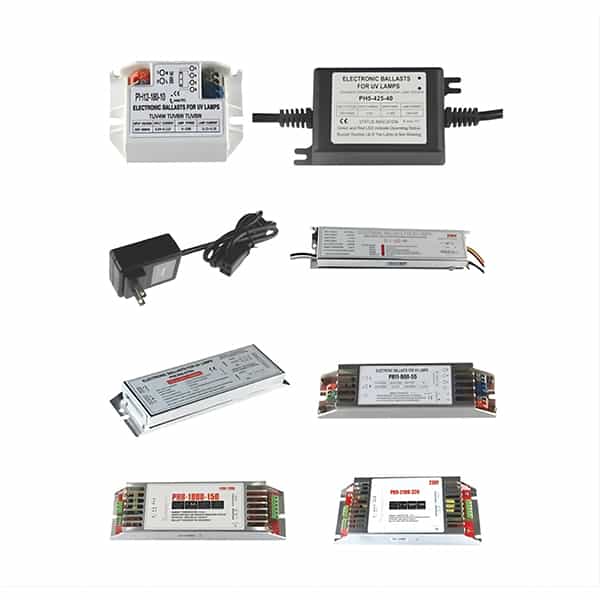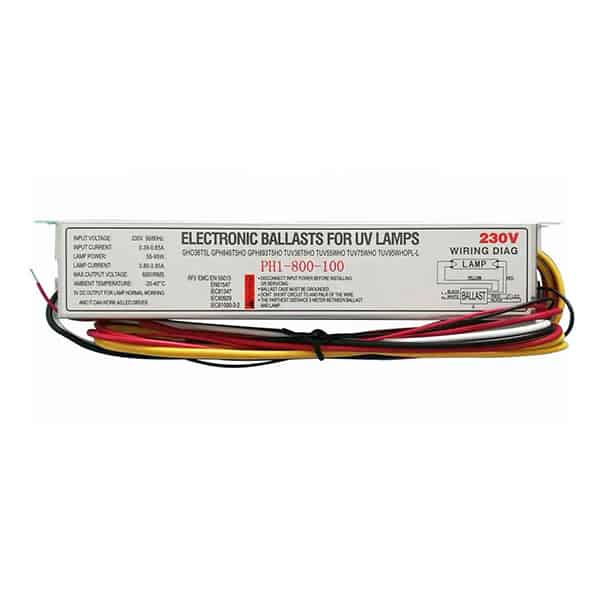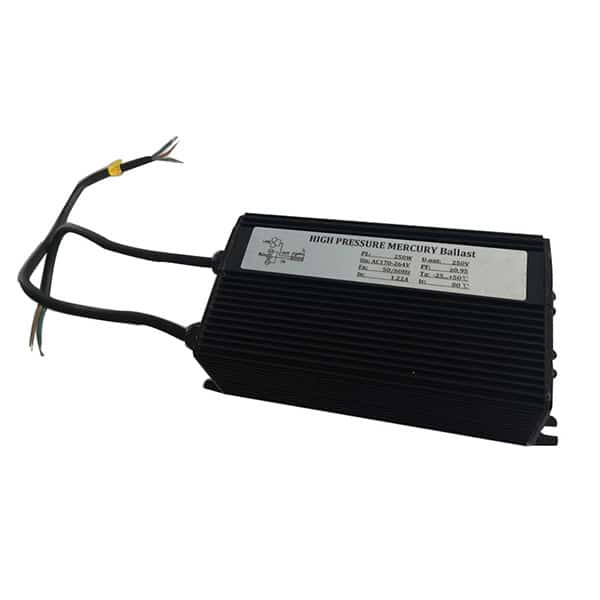At James Lighting, we often get inquiries from customers who are unsure about the type of ballast used in their lighting setup. They ask us, “Do I have an electronic or magnetic ballast?” The confusion is understandable given the technical nature of these devices, but determining the type of ballast you have is easier than you might think.
The quick way to determine whether you have an electronic or magnetic ballast is by looking at the ballast itself or consulting its technical specifications. However, some common physical characteristics and operational differences can also provide clues about the type of ballast you have.
Still unsure about which type of ballast you’re dealing with? Let’s dive deeper into the nuances of electronic and magnetic ballasts to help you distinguish between them.
What’s the Difference between an Electronic and a Magnetic Ballast?
Understanding the differences between electronic and magnetic ballasts can provide key insights that will help you determine the type you have.
Electronic ballasts use solid-state electronic circuitry to provide the proper starting and operating electrical conditions to power discharge lamps. They are generally lighter, more energy-efficient, and operate at a higher frequency than their magnetic counterparts. Magnetic ballasts, on the other hand, use a magnetic core and wire coil to limit current and start the lamp, which can cause them to be heavier and generate more heat.
Physical Attributes: Weight and Size
A simple and quick way to distinguish between an electronic and magnetic ballast is by assessing its physical attributes, specifically the weight and size.
As a rule of thumb, magnetic ballasts are heavier and bulkier compared to electronic ballasts due to the presence of metal coils and a magnetic core. If you have a ballast that’s lightweight and compact, it’s likely an electronic ballast.
Operational Characteristics: Heat and Noise
Differences in the operational characteristics of electronic and magnetic ballasts can also provide clues about the type of ballast you have.
Magnetic ballasts typically operate at a lower frequency and, as a result, can produce a noticeable hum or buzzing noise during operation. They also tend to generate more heat compared to electronic ballasts. If your ballast runs cool and operates quietly, it’s likely an electronic ballast.
Energy Efficiency: Consumption and Output
Energy efficiency is another key factor that differentiates electronic and magnetic ballasts. It can help you identify the type of ballast you have.
Electronic ballasts are generally more energy-efficient than magnetic ballasts. They operate at higher frequencies, which results in better energy efficiency and less light flicker. If your lighting system is energy-efficient with minimal flickering, it might be using an electronic ballast.
Lamp Start-Up: Instant vs. Delayed
The start-up behavior of the lamps can also offer insights into the type of ballast you’re using.
Electronic ballasts usually provide instant start-up, meaning the lamp illuminates immediately once turned on. In contrast, magnetic ballasts might have a slight delay before the lamp fully illuminates. If your lamps light up instantly, you’re likely dealing with an electronic ballast.
Price and Availability
Price and availability are factors that can indirectly suggest the type of ballast you have.
Electronic ballasts are often more expensive due to their improved energy efficiency and extended lamp life. However, they are readily available in the market as they have become the standard for most applications due to these advantages.
Maintenance and Replacement
The maintenance and replacement requirements can also help identify the type of ballast you have.
Electronic ballasts typically require less maintenance than magnetic ballasts and are easier to replace due to their lightweight and compact design. If your lighting system is low-maintenance and has easy-to-replace components, an electronic ballast is likely in use.
What Does James Lighting Recommend?
As a leading manufacturer of lamp ballasts, James Lighting recommends using electronic ballasts for most applications.
We believe that the benefits of electronic ballasts, such as improved energy efficiency, extended lamp life, reduced weight, and noiseless operation, outweigh their slightly higher costs. However, we also produce high-quality magnetic ballasts for applications where they might be more suitable.
Conclusion: How Can I Tell if I Have an Electronic or Magnetic Ballast?
To identify whether you have an electronic or magnetic ballast, you can examine the physical and operational characteristics of your lamp ballast or consult its technical specifications. Characteristics such as size, weight, operational noise, heat production, energy efficiency, and lamp start-up behavior can provide valuable clues.
Remember, when it comes to choosing a ballast, James Lighting is committed to providing both electronic and magnetic ballasts that deliver optimal performance, efficiency, and reliability. No matter the type, we are here to help you understand and choose the best lighting solutions for your needs.





